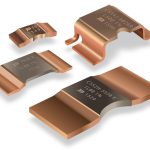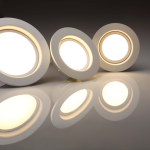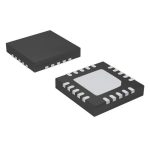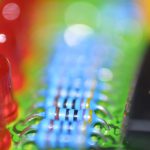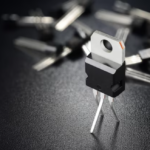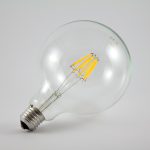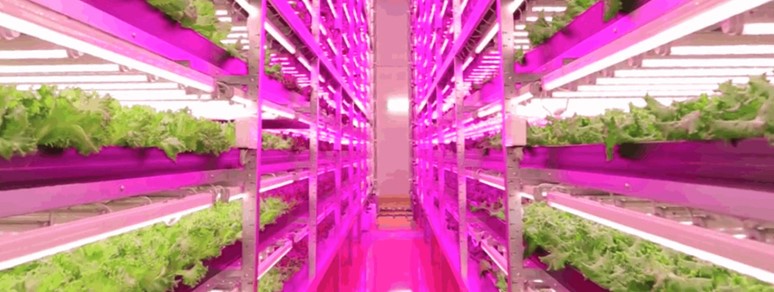
Horticultural LED Lighting
In 2017, horticultural lighting consumed 5.9 terawatts of power which is equivalent to 61 tBtu. If all horticultural was to be converted to LED technology today, horticultural lighting would consume 3.6 terawatt hours or 3.7 tBtu. Simply put, we would save 40% of the energy that would have used in horticultural lighting which is equivalent $240 million. LED technology has improved profoundly, their quality has rapidly outpaced that of HID and fluorescent alternatives. LEDs are have become more efficient, considering that energy costs form the third biggest expense for many growers, LED is the ideal way of cutting down on energy costs.
Besides saving on energy, LEDs also have several advantages as listed below;
-
Reduced heat
LEDs produce very minimal heat compared to legacy lighting. This makes it easy to achieve the optimum growing environment. Less heat translates to less evaporation, it also eliminates the need for installing heat management systems like air conditioning.
-
Spectrum control for better yield
Legacy lights give off the same spectrum for every plant even though the intensity may vary depending on the plant’s distance from the lamp. This means that every plant will get the same spectral output irrespective of their varieties. However, with LEDs, you can use both hardware and software to craft proprietary light formulas that will bring out characteristics that will make them more marketable. A study conducted by LumiGrow showed that basils turned out better under 32% of blue light than under any other spectrum. Basil grown under this light was spicier, more aromatic and tastier. Other studies conducted by other scientists have also confirmed that LEDs lead to more marketable plants compared to legacy lighting.
You May Also Like This “LED’S FOR VERTICAL FARMING: THE ULTIMATE BUYING GUIDE“
Healthier working environment
Owing to cooler environments less water and less chemical runoff will be experienced. Controlled spectrum steers growth hence eliminating the need for plant hormones which means there will be less reliance on chemicals.
Types of LED Lighting that can be used for horticulture lighting
There are numerous LED lamps out there but not all of them are ideal for/ horticulture lighting. Listed below are some of the LEDs that are best suited for horticultural lighting;
-
Phillips green power LEDs
Phillips manufactures long-lasting LED lamps. They are relatively expensive compared to those from other manufacturers but their quality is certainly superior. Phillips has Green Power product line that is composed of bars that are tailored to growers’ needs. The product line includes inter-lighting, top lighting, and even tissue culture.
-
GE LEDs
GE has recently launched wavelength optimized grow lights. Besides their LEDs being waterproof, they produce diffused light. It is proven that plants produce better with diffused light that with direct light.
LumiGrow’s LumiBars
LumiGrow’s Lumibars are some of the high voltage bars available on the market. LumiBars put out 185 watts which are close to 50 more than their low voltage counterparts. High voltage LEDs produce more light hence only a few bars will be required compared to low voltage lamps. Low voltage lamps will also require being placed closer to the plants which could result in more heat hence creating the need for a heat management system. In the larger scheme of things, LumiBars reduces the initial investment compared to their low voltage counterparts.
If you are an indoor grower and you have not tried LED lighting yet, then you now know what you have been missing. LEDs for horticultural lighting are available on our platform. You could save on the energy you consume and grow healthier plants by simply replacing legacy lighting with LED bars today.






